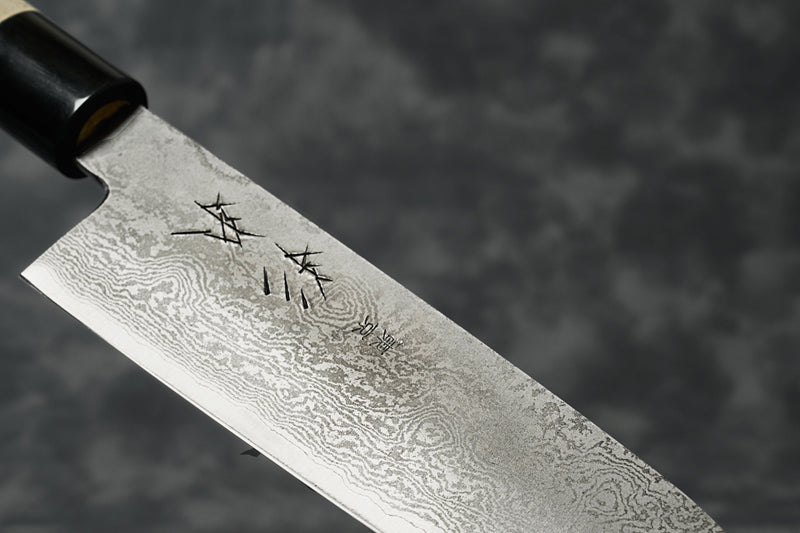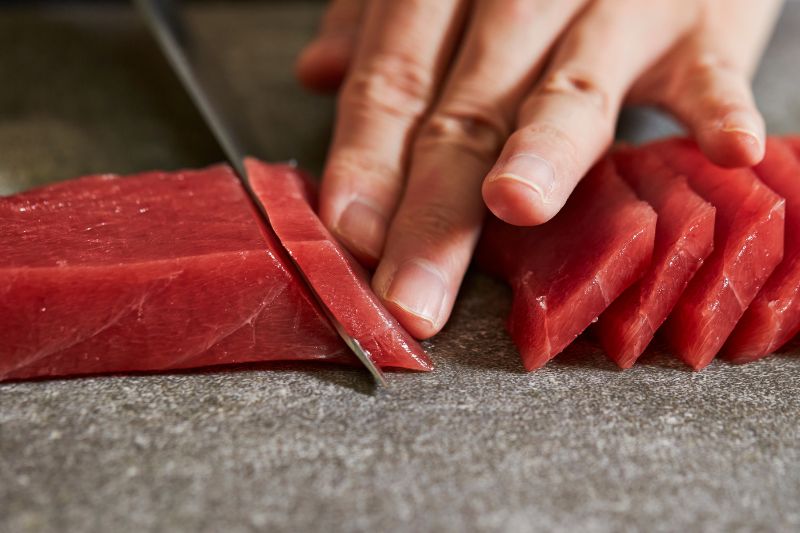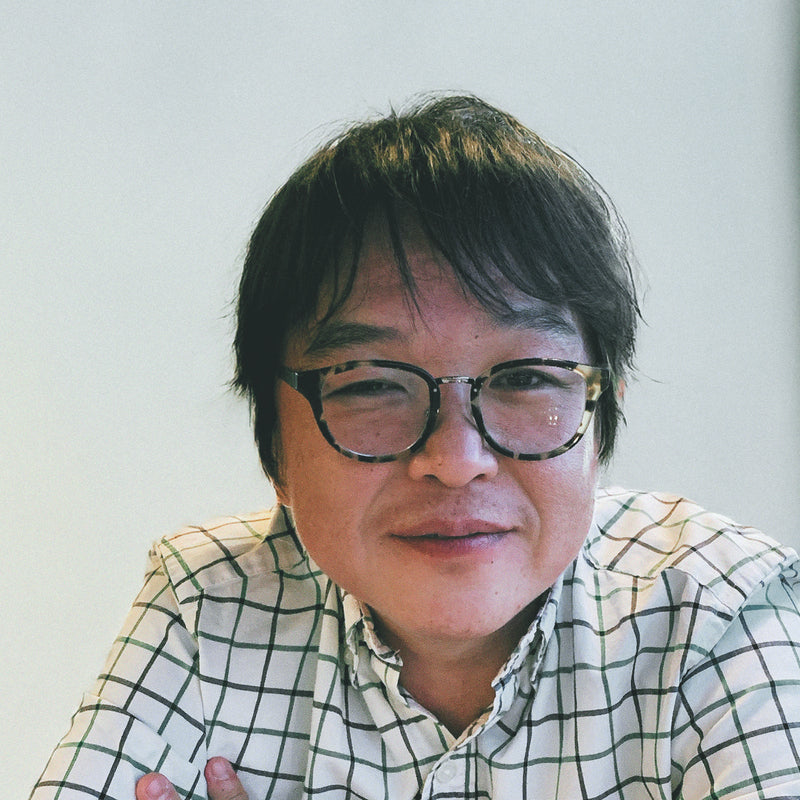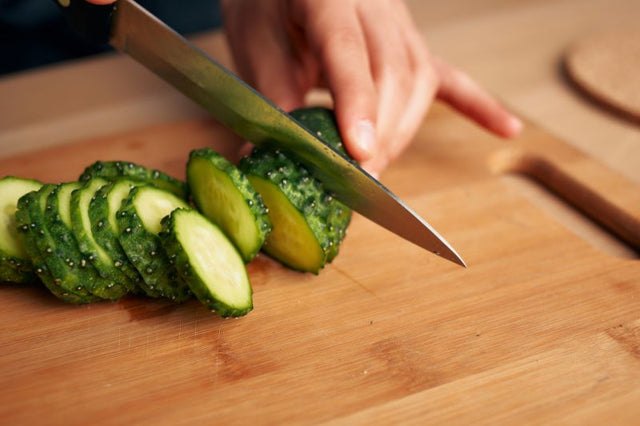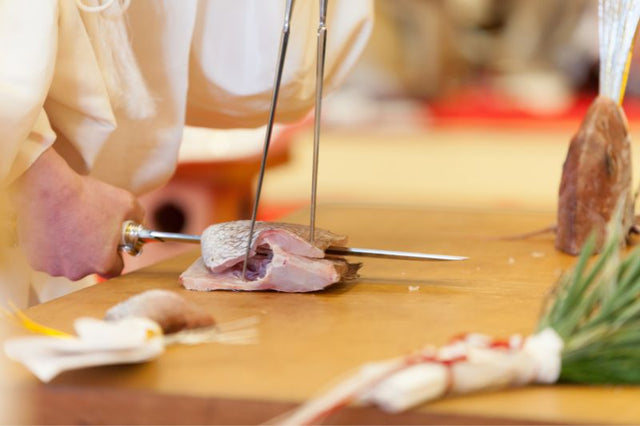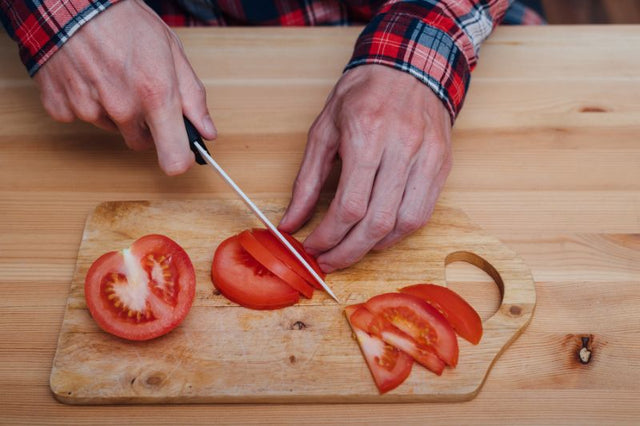Learning some trivia about Japanese knives and becoming familiar with their existence will be fun.
Here are some facts about Japanese knives:
1. Sword Hunt
During Japan's feudal era, strict laws governed the ownership and carrying of swords. As a result, many swordsmiths transitioned their skills to make knives for everyday use, contributing to the development of Japanese culinary knives. Traditional Japanese knives are crafted using time-honored techniques passed down through generations. While Japanese knives have a rich traditional heritage, modern knife-makers also push boundaries and incorporate innovative techniques. For example, some artisans experiment with new materials, blade coatings, and ergonomic handle designs while maintaining Japanese knife-making's essence.
2. Regional Varieties
Different regions of Japan have their own knife-making traditions and specialties. For example, Sakai in Osaka is known for producing high-quality kitchen knives. At the same time, Seki City in Gifu Prefecture is renowned for its traditional sword-making techniques applied to knife production.
3. Ancient Symbolism
Some traditional Japanese knives bear symbols, characters, or kanji on the blade, often representing historical figures, philosophical concepts, or the name of the maker. These symbols can add a sense of mystique and personalization to the knife.
4. Target Test Cutting
In Japan, there are blade-forging competitions called "Tameshigiri" where skilled craftsmen showcase their abilities by slicing through various materials, such as bamboo or tatami mats, to test the sharpness and durability of their blades.
5. Layers of Steel
Japanese knives often feature a layered construction called "Damascus" or "Suminagashi." This technique involves layering different types of steel together, creating a beautiful and distinctive pattern on the blade.

6. Steel Characteristics
Japanese knives are crafted from various types of steel, each with its own characteristics. For example, "Shirogami" or "White Steel" is known for its exceptional sharpness, while "Aogami" or "Blue Steel" offers a good balance of sharpness and durability.
7. Specialized Knife Shapes
Japanese knives encompass a wide range of specialized shapes for specific purposes. For example, the Kamagata Usuba has a unique, crescent-shaped blade, specifically designed for cutting vegetables in a particular way.
8. Carbon Steel Patina
Carbon steel blades used in Japanese knives develop a unique patina over time with use. This patina not only adds character to the knife, but also enhances its corrosion resistance.
9. Knife Rituals
In Japanese culinary culture, specific rituals and etiquettes are associated with using knives. For example, it is considered respectful to bow when presenting or receiving a knife, and knives are typically stored in special protective sheaths or wooden boxes.
10. Collectible Art Pieces
Japanese knives are often considered collectible works of art. Some renowned knife-makers create limited-edition knives that enthusiasts and collectors around the world highly seek after.
Any Japanese knife gives both aesthetic and functional use. Crafting a high-quality Japanese knife is a labor-intensive process. Skilled artisans spend significant time and effort on each knife, from shaping the blade to perfecting the edge geometry, resulting in true works of art.
Get Free Bonus Books

Sign up for free to the Japanese Knife Club to get advice and exclusive articles about how to choose Japanese Knives, and tips and tricks for using Japanese knives.
About the author
Kei Nishida
Author, CEO Dream of Japan
Certification: PMP, BS in Computer Science
Education: Western Washington University
Kei Nishida is a passionate advocate of Japanese craftsmanship, a writer, and the founder and CEO of Japanese Knife Co., Japanese Green Tea Co., and Japanese Coffee Co., all part of Dream of Japan.
His journey began with a mission to introduce the world to the exquisite flavors of Japanese green tea. Through Japanese Green Tea Co., he pioneered the import of premium tea grown in nutrient-rich sugarcane soil, earning multiple Global Tea Champion awards. He then expanded into the world of coffee, launching Japanese Coffee Co., the first company to bring Sumiyaki charcoal-roasted coffee to a global audience.
With a deep appreciation for Japanese artistry and tradition, Kei turned his attention to one of Japan’s most revered crafts: bladesmithing. Through Japanese Knife Co., he made handcrafted katana-style knives, created by a renowned katana maker, available outside Japan for the first time. These exceptional knives embody centuries of samurai sword-making expertise, blending tradition with modern functionality for chefs and collectors alike.
Kei’s journey continues as he uncovers and shares Japan’s hidden treasures—one sip, one blade, and one legacy at a time.

